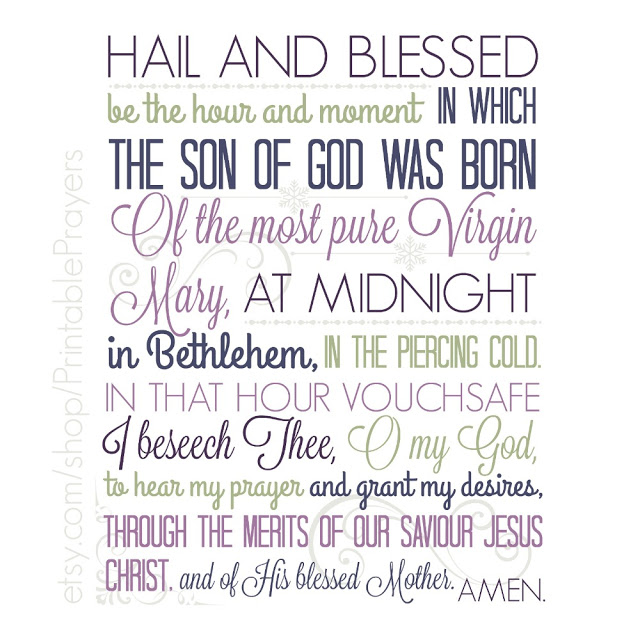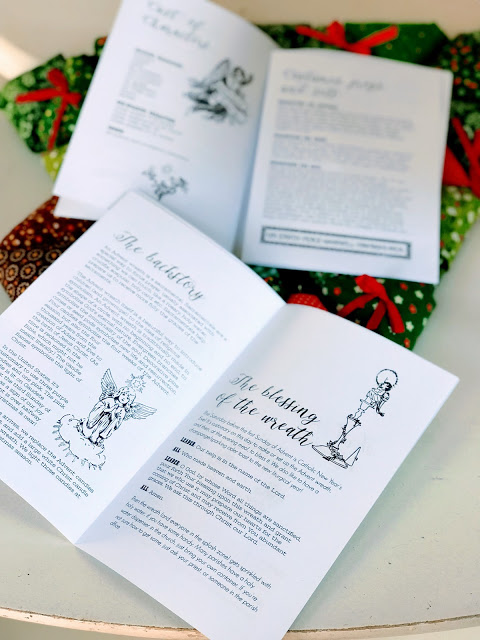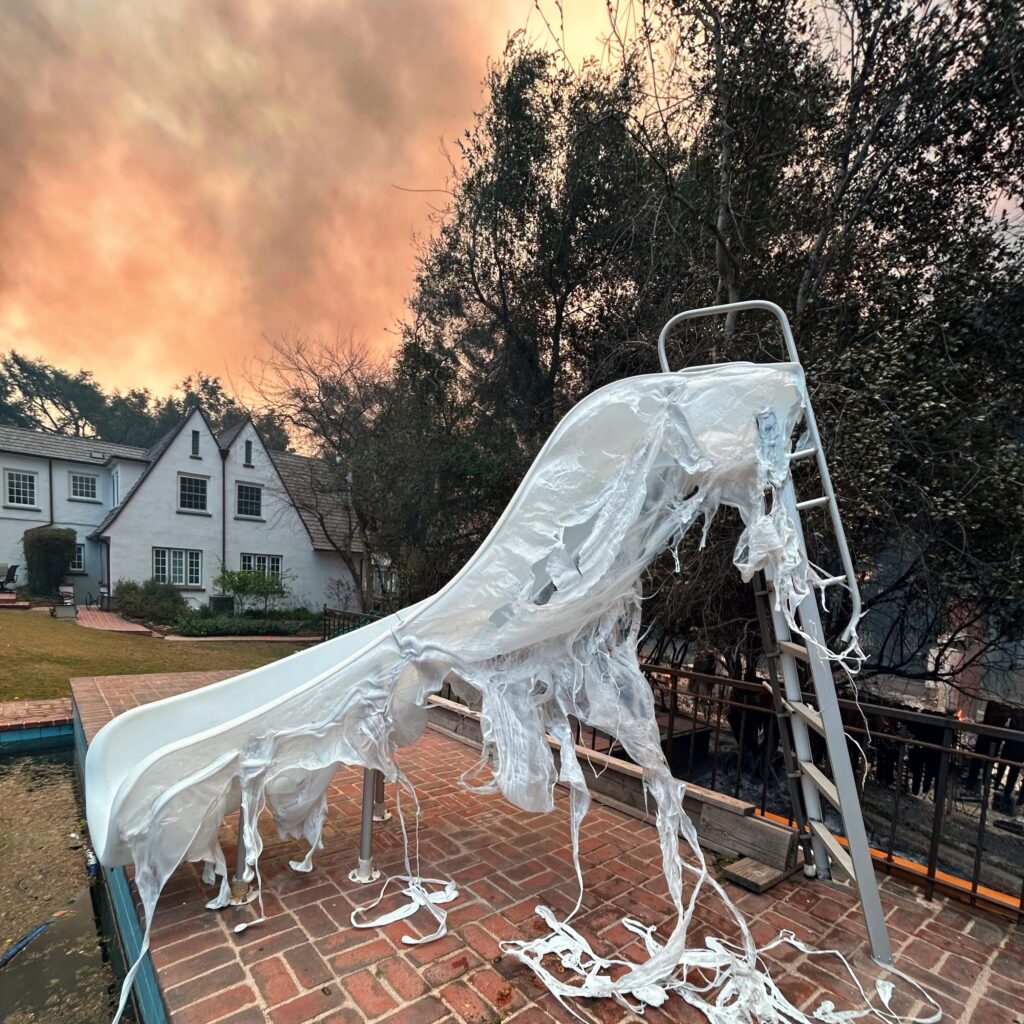Hey guys!
Advent is JUST around the corner. In fact, today is the feast of St. Andrew, which, for us, kicks off our Advent traditions. (Even though Sunday is the actual beginning of Advent.) The very first thing I recommend in the Catholic All Year Compendium is the Christmas Anticipation Prayer, also known as the St. Andrew Christmas Novena, but don’t get me started on that, because it’s definitely not a novena. 😕😊
 |
| available as a printable here in two sizes and two color choices |
We say this lovely prayer 15 times per day, from today November 30th, through Christmas Eve. We usually say them all at once, with our dinner or evening prayers, but you can spread them throughout the day if that’s easier. And if you’re just starting out, maybe just add one to your Grace Before Meals prayer. Especially if you’ve been saying the Eternal Rest Prayer during November, you can keep up that practice, of adding an extra seasonal prayer!
We print out a copy of the prayer (available here) and write out our family’s prayer intentions for Advent on the back of the paper, and put it on our altar table, in a clear frame, so we can see both sides, or just in the basket with our holy cards. It’s really a great way to start a prayerful Advent.
Our usual meal for the feast day is haggis, buuuuut . . . today is Friday, and it’s not a solemnity, so usual Friday penance, usually abstinence from meat, applies. So for today I’m excited to try a new Scottish recipe with an awesome name: Cullen Skink!
Then Saturday is Catholic New Year’s Eve, so we’ll hopefully finish up Christmas shopping, and drink a toast to the New Year, and let the kids stay up until midnight!
Saturday or Sunday we’ll choose our new random family saints for the year, and make our family Advent Wreath, one of my favorite traditions of the year!
It’s something I recommend in the book, but even though I TELL you guys it’s super easy, I’m not sure if you believe me. I’m wondering that about a lot of what I talk about in the book. So I had this crazy idea to start a little 5 minute Liturgical Living show, so you can see how doable this all really is, even with a bunch of little kids around, even without a lot of homemaking/crafting skills. I promise, that’s exactly where I started!
It’s all in here: the history and symbolism of the Advent Wreath, the story of the time I set my 80s hairdo on fire, an easy DIY tutorial, a little bit of nose picking, and the wreath and prayers in action with as many kids as I could round up that afternoon for fake dinner. Enjoy!
And check out what Elissa usually does with her time and talent here.
Let me know if you think more of these would be helpful and what you’d like to see. And then I’d need to find a sponsor or something . . .
When we were making this video, I realized that I don’t have any books that have the Advent Wreath Prayers in them, and that we just pull them up on a phone. Which is fine, but somehow doesn’t seem ideal, so I made up this little printable booklet, that has instructions on how to make the DIY version I make in the video, plus all the prayers you need to bless the wreath and use it each week.
 |
| get it here |
I’ve got a post in drafts on our St. Nicholas book basket, that I’m hoping to finish tomorrow, in time for you to order them before December 6th, so say a prayer that I can find some time to finish that!
Speaking of books, the Catholic All Year Compendium is in stock and shipping immediately from Ignatius and Barnes and Noble, is in Barnes and Noble stores (save 10% online and in the store with the code GIFTING) and is in local Catholic bookshops. It’s also set to be back in stock on Amazon and shipping to arrive by December 13th. Here’s hoping!
My liturgical year wall calendars start on December 1st 2018 and go through December 31st 2019. You can get a digital download version here to print at home, or a lovely sturdy print version with a metal coil here.





